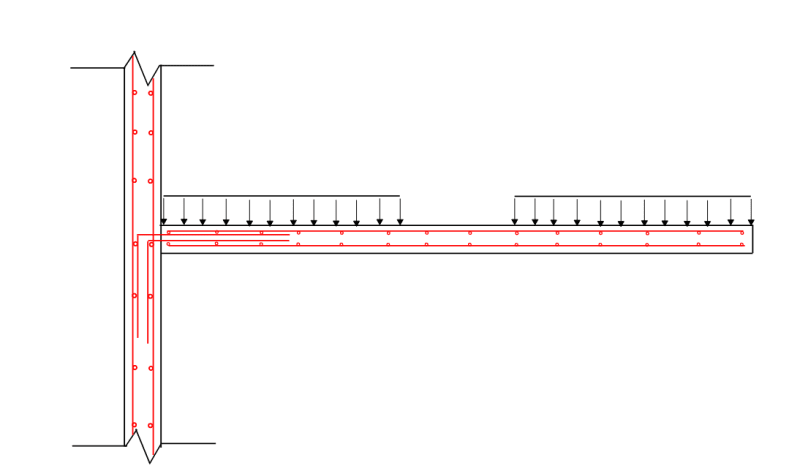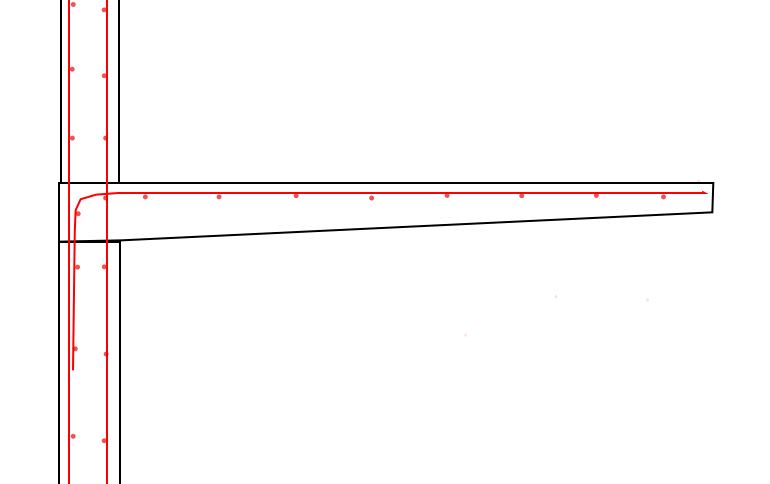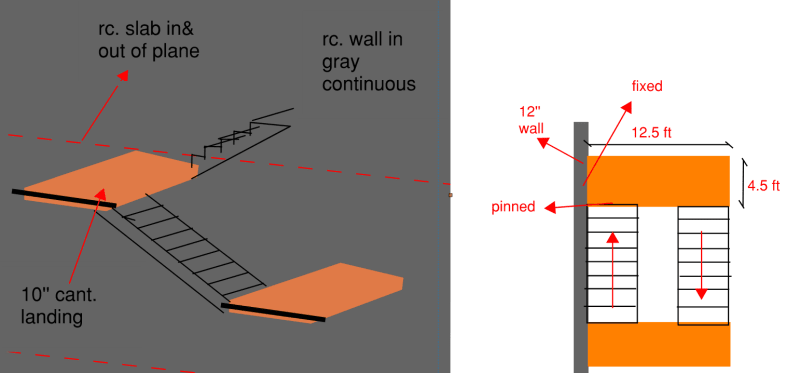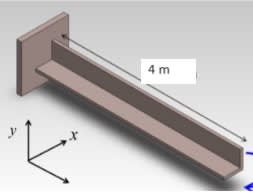Hi folks,
I have a relatively easy question for the more experienced structural engineers.. I have designed cantilevered balcony slabs for residential buildings in the past but have never done a cantilevered staircase landing for a public space, a school in this case. The location is not in the earthquake zone.
Due to the geometry of the space, there is no backspan of the landing so the plan is to have it directly cantilever it from a concrete wall. In my opinion, by providing sufficient reinforcement and the anchorage length within the wall, this should be doable; however, the dynamic approach of this landing is something that gets in between my progress. Considering this is a school, there will be kids jumping and running around the staircase area.. Would you run an eigenfrequency analysis in this case ?
Has anyone of you done such a similar type of a landing? This is nothing new in the game but I have not seen any references made on this one ? That would be nice if I can get some opinions or references on that !
Cheers!

I have a relatively easy question for the more experienced structural engineers.. I have designed cantilevered balcony slabs for residential buildings in the past but have never done a cantilevered staircase landing for a public space, a school in this case. The location is not in the earthquake zone.
Due to the geometry of the space, there is no backspan of the landing so the plan is to have it directly cantilever it from a concrete wall. In my opinion, by providing sufficient reinforcement and the anchorage length within the wall, this should be doable; however, the dynamic approach of this landing is something that gets in between my progress. Considering this is a school, there will be kids jumping and running around the staircase area.. Would you run an eigenfrequency analysis in this case ?
Has anyone of you done such a similar type of a landing? This is nothing new in the game but I have not seen any references made on this one ? That would be nice if I can get some opinions or references on that !
Cheers!




